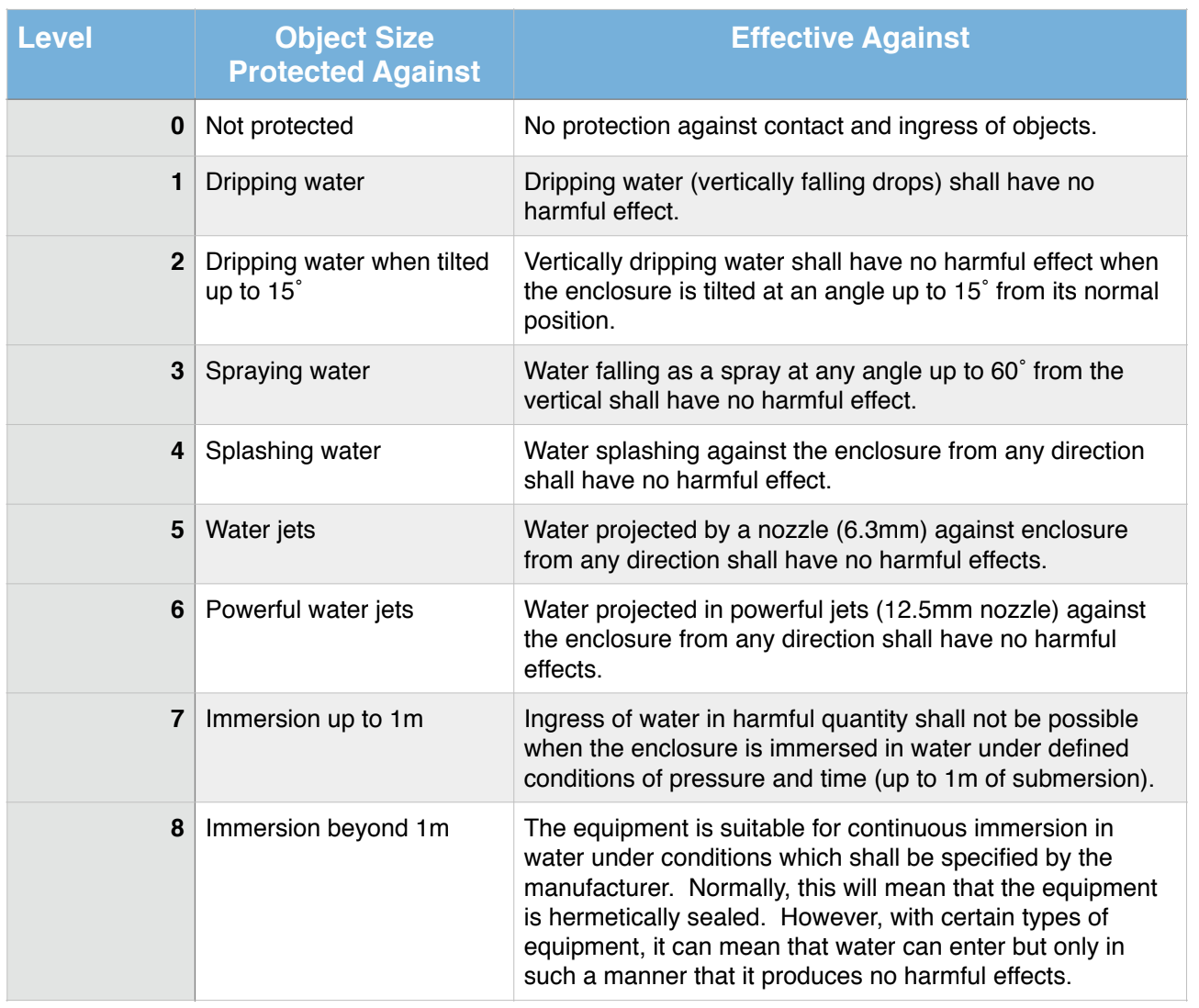IP ratings explained – (Australian Standards 60529)
IP Code classifies and rates the degrees of protection provided against the intrusion of solid objects, dust, accidental contact, and water in electronic equipment or electrical enclosures.
What are IP ratings?
Electrical enclosures protect components from the environment while protecting people from electrical shock. The level of protection is defined by IP Ratings and ratings for electrical enclosures are described in the international standard IEC/EN/AS 60529. Specifically, the protection of people from hazardous parts inside enclosures (including body parts like hands and fingers) and the protection of contents from ingress of solids and water.
Understanding IP Ratings helps to select electrical enclosures, and electrical equipment or appliances most suitable for their expected installation environment.
Does IP rating matter?
A higher number means better protection against water. The highest rating level for dust protection is 6. For water protection, the highest rating level is 8. An IP rating of “IP67” represents a level 6 for dust protection and a level 7 for water protection.
The Standard 60529 aims to provide users more detailed information than vague marketing terms such as waterproof. For example, a cellular phone rated at IP67 is “dust resistant” and can be “immersed in 1 meter of freshwater for up to 30 minutes”. Similarly, an electrical socket rated IP22 is protected against insertion of fingers and will not become unsafe during a specified test in which it is exposed to vertically or nearly vertically dripping water. IP22 or IP2X are typical minimum requirements for the design of electrical accessories for indoor use.
The digits indicate conformity with the conditions summarised in the tables below. The digit 0 is used where no protection is provided. The digit is replaced with the letter X when insufficient data has been gathered to assign a protection level. The device can become less capable; however, it cannot become unsafe.
There are no hyphens in a standard IP code. IPX-8 (for example) is thus an invalid IP code.
IP Code – Ingress Protection Rating in Detail
First digit: Solid particle protection
The first digit indicates the level of protection the enclosure provides against access to hazardous parts (eg. electrical conductors, moving parts) and the ingress of solid foreign objects.
Second digit: Liquid ingress protection
The second digit indicates the level of protection that the enclosure provides against harmful ingress of water. The ratings for water ingress are not cumulative beyond IPX6. A device compliant with IPX7 (covering water immersion) is not necessarily compliant with IPX5 or IPX6 (covering exposure to water jets). A device that meets both tests is indicated by listing both tests separated by a slash (eg. IPX5/IPX7).



